The Beauty and Symbolism of Hanbok
Hanbok, Korea’s traditional clothing, is instantly recognizable for its graceful lines, vibrant colors, and timeless elegance. More than just garments, hanbok embody values of harmony, modesty, and beauty. Each element – from the flow of the skirt to the choice of colors – carries symbolic meaning.
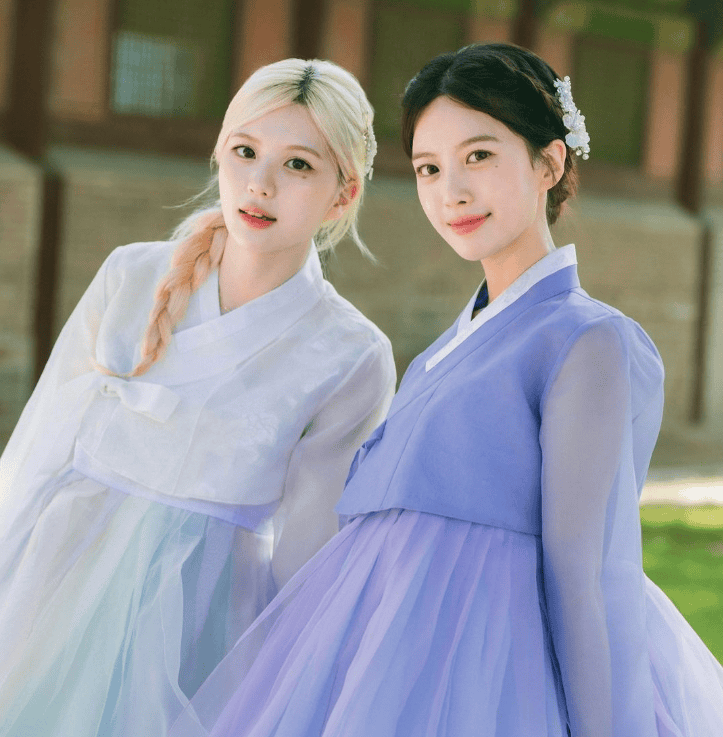

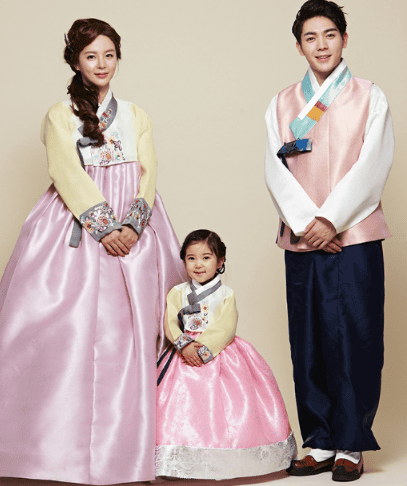
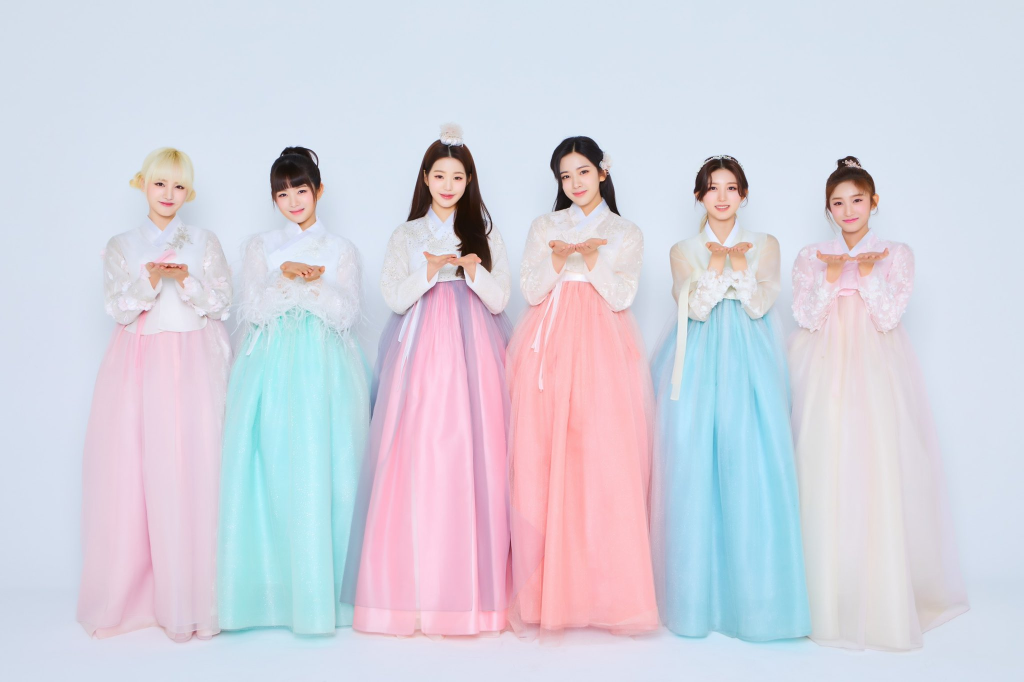
A Brief History of Hanbok
Origins in the Three Kingdoms Era
Hanbok traces its roots back over 1,600 years, influenced by nomadic clothing styles that valued mobility. The basic structure – jeogori (jacket) and chima (skirt) or baji (pants) – has remained remarkably consistent.
Evolution Through the Joseon Dynasty
During the Joseon period, hanbok developed into the form we recognize today, with flowing skirts, wide sleeves, and distinctive layers. Colors and decorations were often used to indicate social status, age, and marital status.
Hanbok in Modern Times
After Western clothing became common in Korea, hanbok shifted from daily wear to ceremonial dress. Today, however, it is being reimagined in contemporary contexts, from weddings to fashion runways.
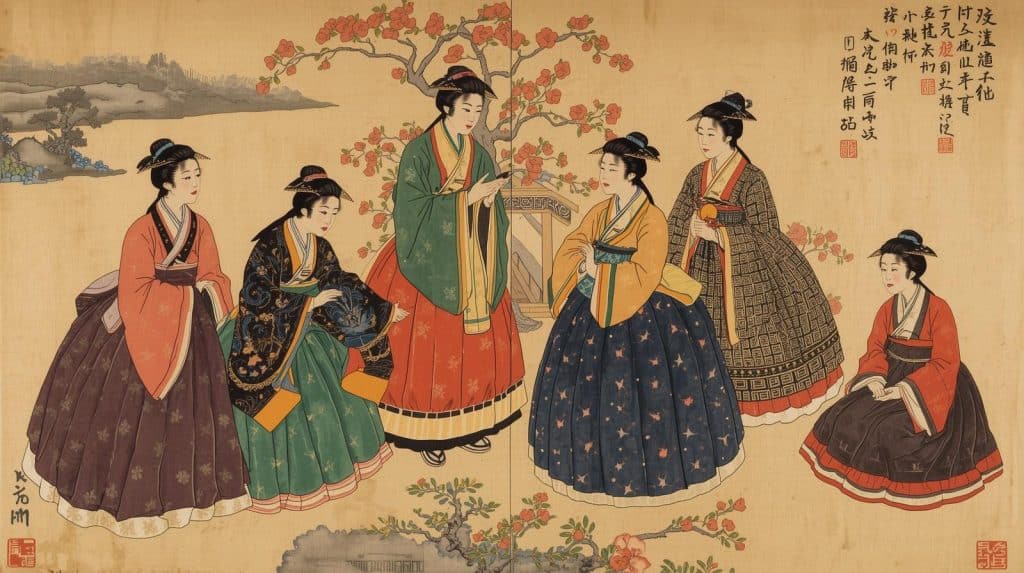
Key Features of Hanbok Design
Colors and Symbolism
Hanbok colors were historically chosen based on the wearer’s age, marital status, and social class. Bright hues like red and yellow symbolized youth and vitality, while more subdued colors were worn by elders. White, often called the “color of Korea,” symbolized purity and modesty.
Silhouette and Structure
The hanbok’s beauty lies in its structure: the short jacket (jeogori) paired with a voluminous skirt (chima) for women, or roomy pants (baji) for men. This design emphasizes grace, movement, and comfort while maintaining elegance.
Fabrics and Patterns
Traditional hanbok used natural fabrics like silk and hemp. Patterns such as peonies (wealth), cranes (longevity), and phoenixes (nobility) were embroidered for symbolic meaning. Today, both traditional and modern fabrics are used to suit different occasions.
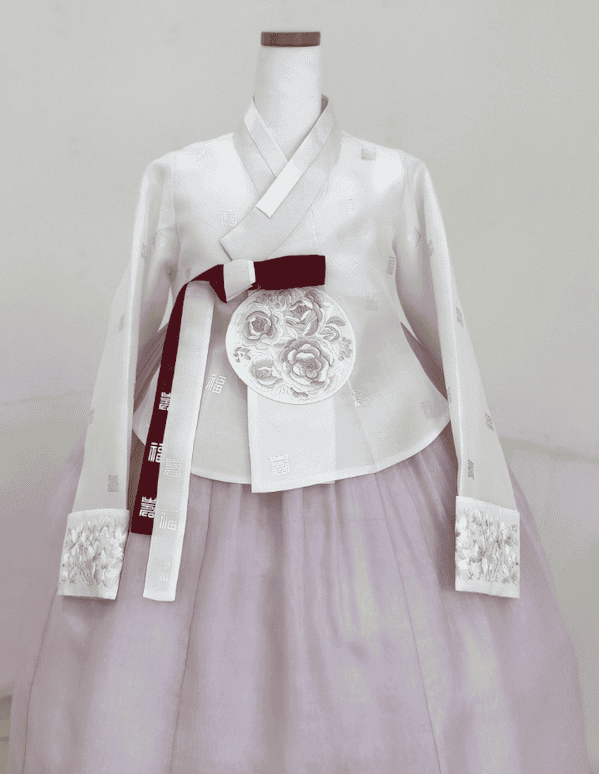
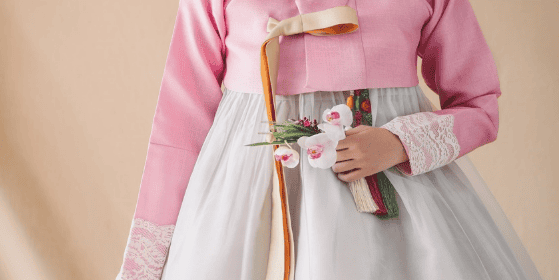
Hanbok in Modern Life
Weddings and Ceremonial Occasions
Hanbok remains an essential outfit for weddings, holidays, and ancestral rites. Brides often wear colorful wedding hanbok, while parents of the couple wear more refined tones to symbolize dignity.
Hanbok Rental for Tourists
Many tourists rent hanbok in Seoul to stroll around palaces like Gyeongbokgung or explore Bukchon Hanok Village. Wearing hanbok not only creates unforgettable photos but also grants free entry to certain cultural sites.
Hanbok-Inspired Fashion Trends
Modern designers are reinterpreting hanbok with shorter skirts, lighter fabrics, and casual cuts. These contemporary styles allow hanbok to appear in daily wear, K-Pop stages, and even red-carpet events.

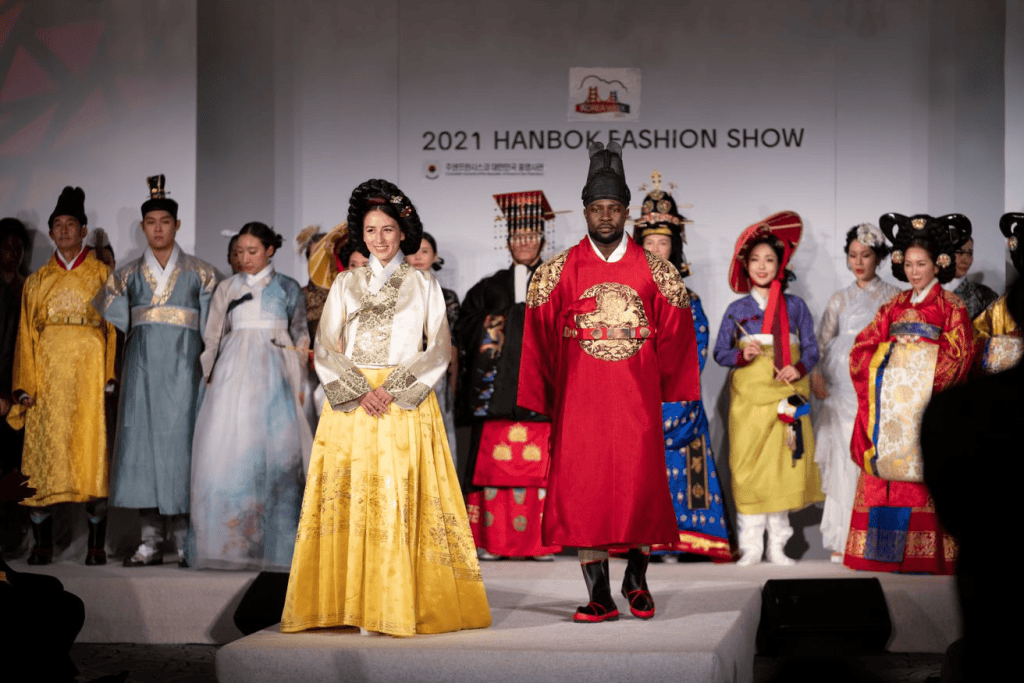
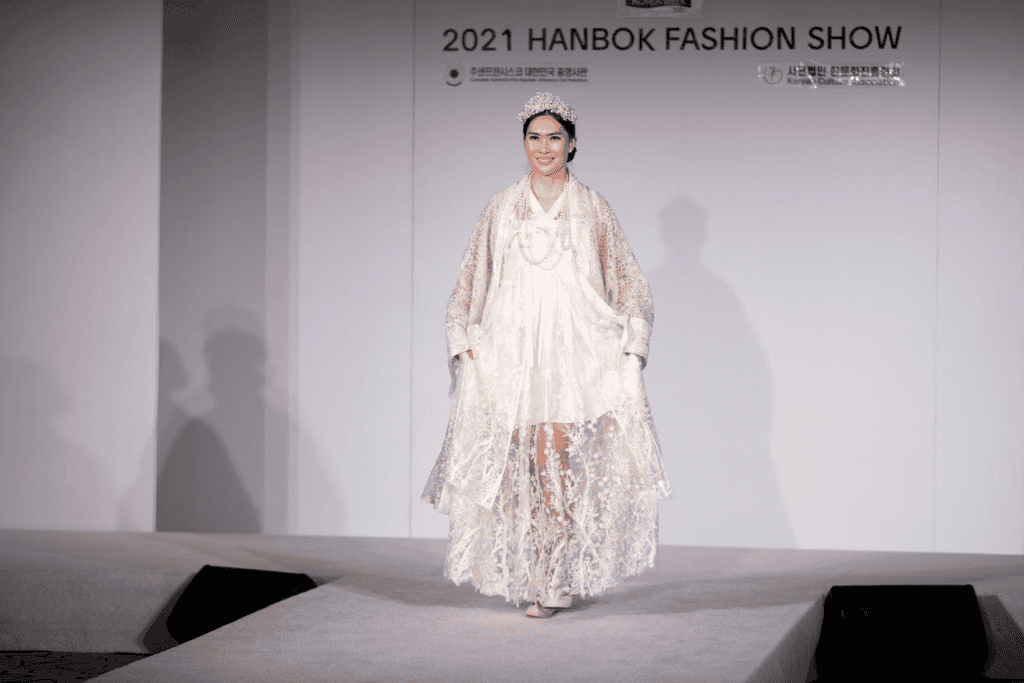
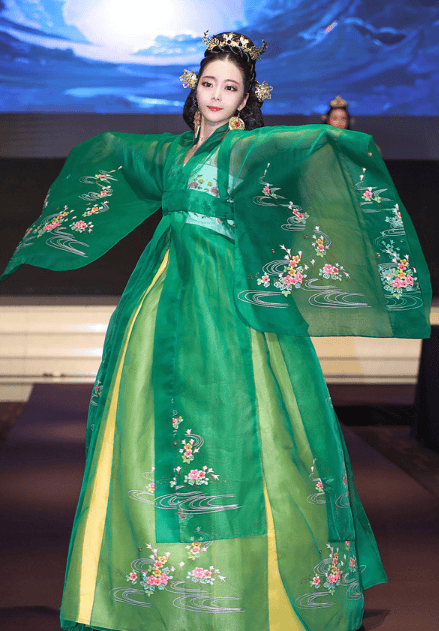
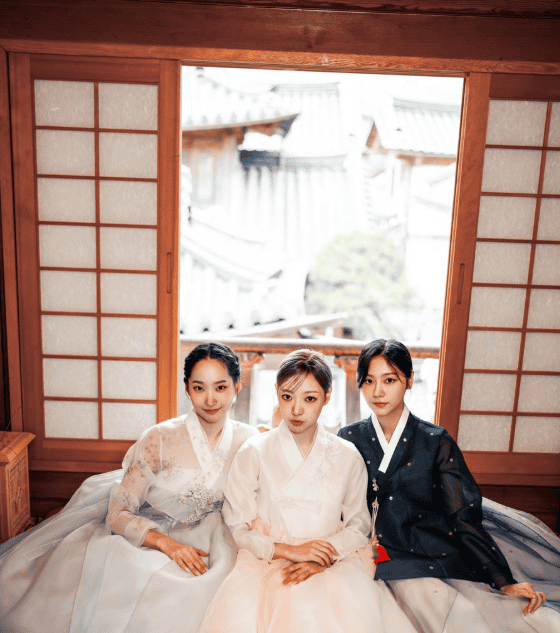
Where to Experience Hanbok in Korea
Seoul’s Palaces and Bukchon Hanok Village
Palaces such as Gyeongbokgung and Changdeokgung are the most popular spots for hanbok experiences. The sight of visitors in hanbok wandering through centuries-old architecture creates a magical atmosphere.
Hanbok Experience Centers and Museums
Museums and cultural centers offer hanbok rentals and exhibitions. The National Folk Museum and specialized hanbok studios provide insights into the garment’s cultural significance.
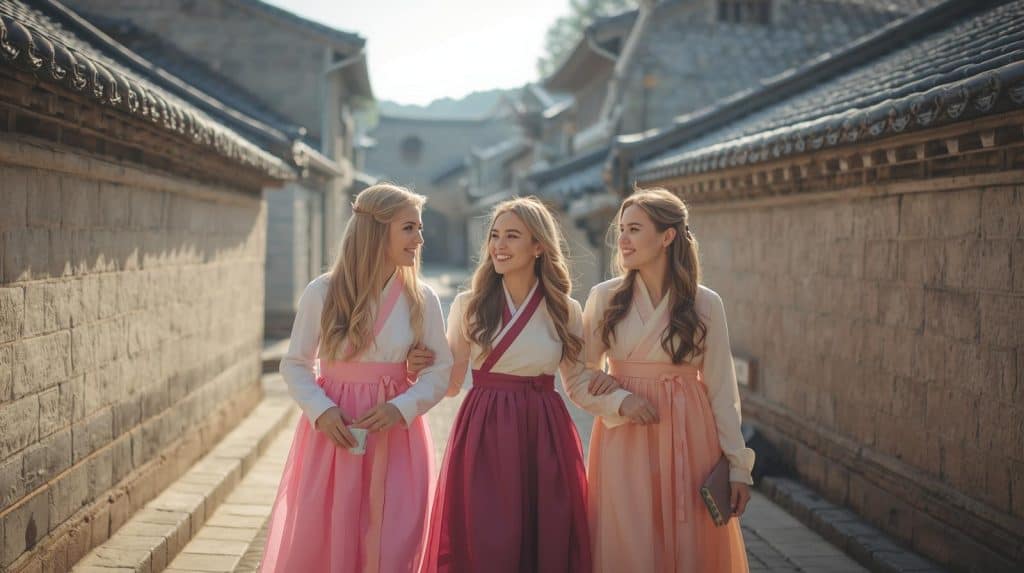
Tips for Wearing Hanbok Comfortably
- Choose breathable fabrics if you’re wearing hanbok in summer.
- Wear flat shoes or traditional beoseon socks for comfort.
- Keep accessories minimal – hanbok itself is the highlight.
- Take your time to adjust the ribbons (otgoreum) neatly for the best look.
Hanbok as a Bridge Between Tradition and Modernity
Hanbok is more than clothing – it’s a living link between Korea’s past and present. Wearing hanbok, whether traditional or modernized, connects you to centuries of heritage while celebrating Korea’s evolving identity.
As Korea continues to influence global culture, hanbok stands as a symbol of beauty, resilience, and creativity – proving that tradition can remain relevant in the modern world.
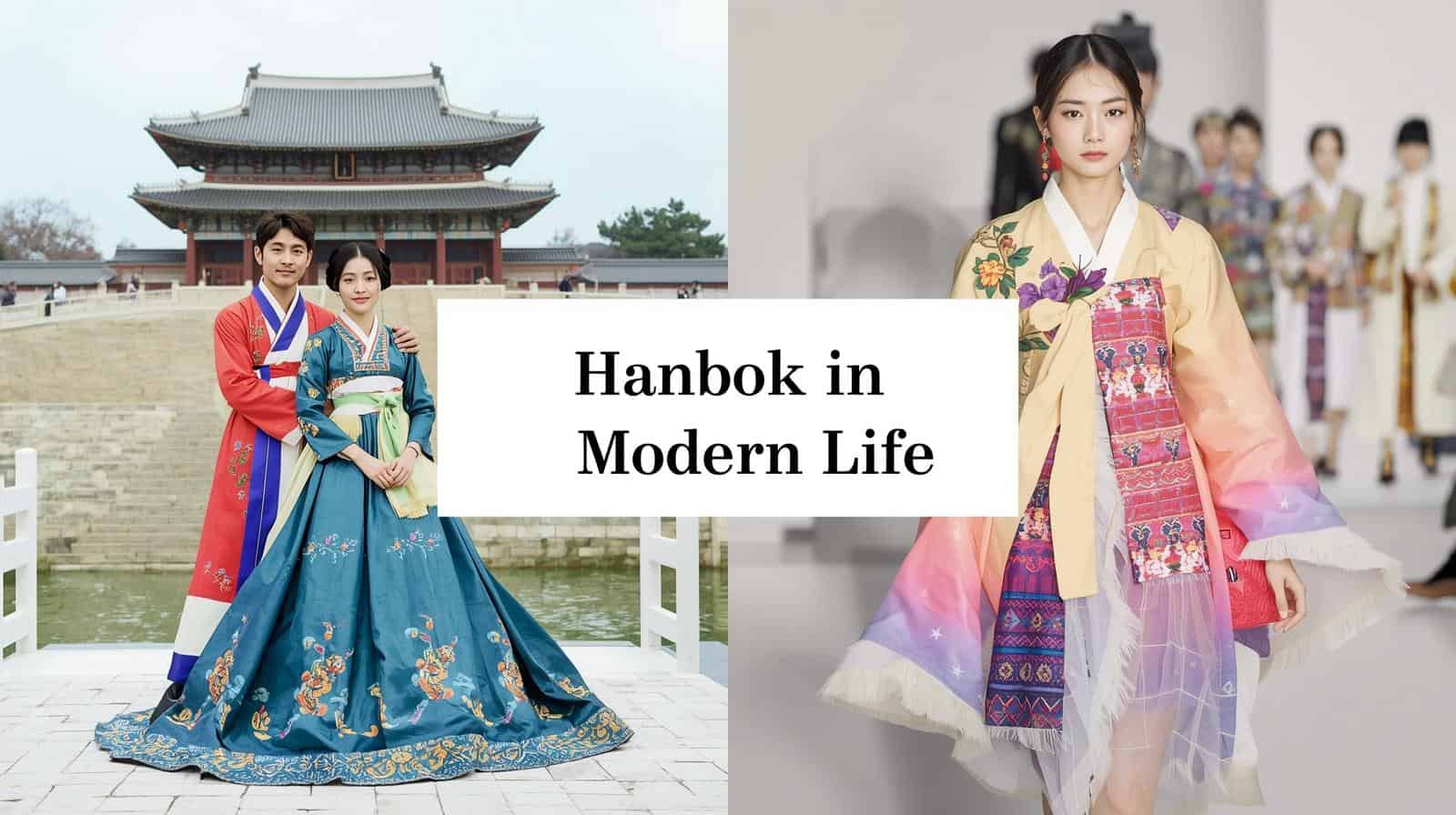
Leave a Reply